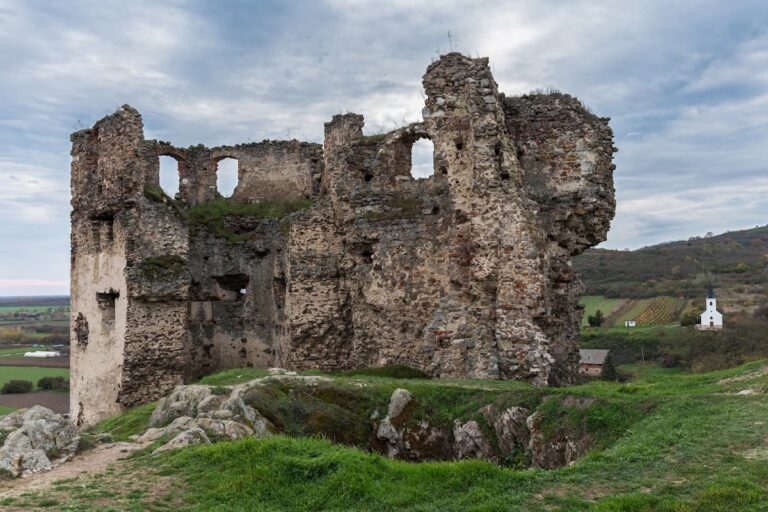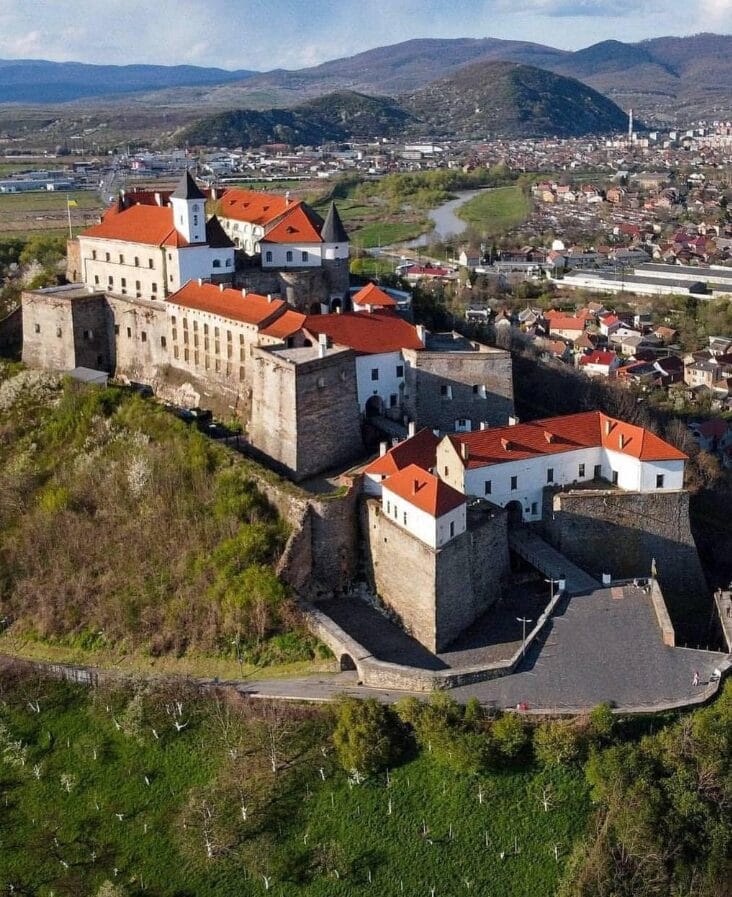Kisvárda Castle: A Historic Fortress in Hungary
Visitor Information
Google Rating: 4.1
Popularity: Low
Google Maps: View on Google Maps
Country: Hungary
Civilization: Medieval European
Remains: Military
History
Kisvárda Castle is situated on the northwestern edge of the historic center of Kisvárda, Hungary. Its origins trace back to a prehistoric earthwork fortification, indicating the site held defensive importance long before the medieval period.
The estate originally belonged to the Várday noble family, first recorded in documents dating to 1280. In 1400, King Sigismund of Luxembourg granted the Várdays permission to erect a fortress on the site. This royal approval marked the beginning of formal castle construction, although significant building work did not commence until 1465. At that time, Archbishop István Várdai began overseeing the project, which utilized locally produced fired bricks made from the abundant clay soil, due to the scarcity of nearby stone. Records from this period mention a workforce of roughly thirty skilled artisans, including brickmakers, carpenters, and masons, working alongside serfs over an extended building phase.
Throughout the 16th century, Kisvárda Castle played a notable military role amid the turbulent aftermath of the 1526 Battle of Mohács. Its location placed it within a contested borderland between the Habsburg-controlled Royal Hungary and the partly autonomous Principality of Transylvania. As a result, the fortress changed hands multiple times, alternating control between forces loyal to King John Zápolya and those supporting the Habsburg claimant Ferdinand.
In the early 18th century, during the Kuruc uprising led by Francis II Rákóczi, the castle served various strategic purposes. It acted as a refuge for local nobles, a supply depot, a prisoner holding site, and quarters for troops involved in the conflict. Notably, Rákóczi himself visited the castle on four separate occasions and conducted his last military review there in January 1711.
By the 19th century, the castle had fallen into disuse, and local inhabitants began removing bricks from its structures for other building projects. This dismantling ceased in 1828 after county officials imposed restrictions to protect the remaining ruins. This action stands among the earliest heritage preservation measures in Hungary. The site’s grounds were then transformed into a park, hosting outdoor gatherings, though neglect resumed after World War I. Archaeological excavations took place in 1954, followed by restoration efforts between 1958 and 1960. Today, the castle is undergoing further renovation, including partial reconstruction and adaptation for cultural activities under national heritage programs.
Remains
The remains of Kisvárda Castle form an elongated fortress primarily constructed from fired bricks prepared on site from local clay. This method was chosen due to a lack of suitable stone nearby and reflects the practical use of available materials. The castle’s design includes a central residential block, enclosed within an outer bailey defined by several layers of wooden piles. This fortified courtyard housed various functional spaces such as garrison quarters, stabling for horses, and storage areas necessary to support the castle’s defensive and administrative roles.
A key feature of the fortress is the old tower, known locally as the “öregtorony.” This tower formed part of the castle’s defensive complex, offering a vantage point for surveillance and protection. Surrounding the entire structure was a deep moat filled with water and marshy terrain, which acted as a natural barrier against surprise assault. The combination of brick walls, wooden fortifications, and water defenses created a robust system suited to the turbulent borderland in which the castle stood.
Recent restoration plans aim to recreate elements of the original defensive environment. Landscaping will reintroduce the inner moat’s characteristic plants and water features. Additionally, the reconstruction of a palisade bridge—the wooden walkway or narrow crossing over the moat—is planned to enhance understanding of the castle’s access points. The adaptation of the site also includes installing a permanent indoor stage with seating to accommodate cultural performances, as well as an external mobile stage and grandstand designed with land art features, blending the historical atmosphere with contemporary environmental improvement efforts.
At present, the castle’s surviving elements reflect both its medieval origins and later phases of use and restoration. The brick walls and wooden defensive structures offer clear physical testimony to its construction techniques and strategic design. While some parts remain fragmentary, other sections have been consolidated to prevent further decay. The site’s current role as a cultural venue maintains the castle’s historical connection to communal gathering and local identity, continuing its legacy as a focal point in Kisvárda’s landscape.







